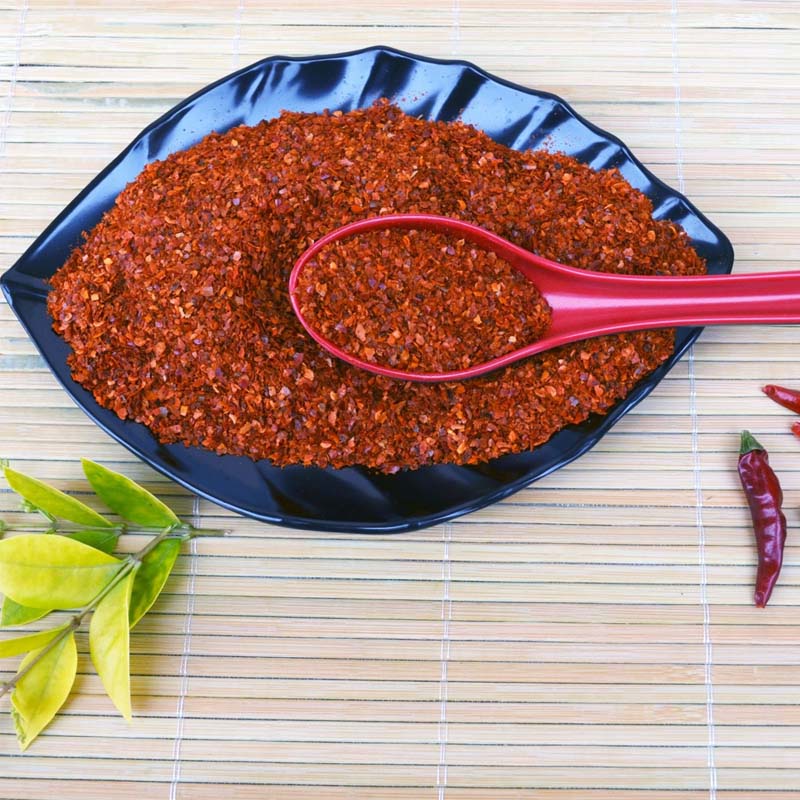- No. 268 Xianghe Street, Economic Development Zone of Xingtai city, Hebei 054001 China
- Byron@hbhongri.cn
red chili pods
Exploring the World of Red Chili Pods
Red chili pods have become a prominent staple in culinary traditions around the globe, celebrated not only for their distinctive color and heat but also for the rich flavors they impart to various dishes. Originating from the Capsicum family, these vibrant pods are harvested from various chili pepper plants and are characterized by their intense spiciness, which ranges from mild to extremely hot. Understanding their versatility and significance can truly enhance our cooking experiences and appreciation for global cuisines.
Chili pods have roots in ancient culinary practices; they were first cultivated in Central and South America thousands of years ago. The indigenous cultures recognized the value of these peppers—not only as a spice but also for their medicinal properties. Introduced to Europe in the 15th century, they quickly spread across the continent and were adopted into various cooking styles. Today, red chili pods are central to many cuisines, from Mexican and Indian to Thai and Cajun, each showcasing unique preparations that highlight the pepper's flavor.
One of the key features of red chili pods is their variety. Popular types include the Ancho, Guajillo, and Cayenne, each offering different heat levels and flavor profiles. Ancho chilies have a sweet and smoky taste, while Guajillo chilies present a tangy and berry-like flavor. Cayenne, on the other hand, is known for its intense heat, making it a favorite in spicy dishes. Each of these varieties brings its own character to food, making it crucial to choose the right chili for a specific recipe.
In cooking, red chili pods can be used in several forms. They can be used whole, ground into powder, or reconstituted after soaking in water. When used whole, they are often incorporated into sauces, soups, and stews, where they can infuse their flavor over prolonged cooking times. Ground chili powder is a convenient way to add heat without altering the dish's texture. Reconstituted pods, after soaking, can be blended into salsas or marinades, bringing a deep, rich flavor and vibrant color.
red chili pods

Moreover, red chili pods are not just flavorful; they also offer several health benefits. They are rich in vitamins A and C, and their compound capsaicin is known for its anti-inflammatory properties. Research suggests that capsaicin can boost metabolism and even promote weight loss, making red chili pods not just a culinary delight but also a health-enhancing ingredient.
In addition to their health benefits, the versatility of red chili pods allows them to complement a variety of dishes. In Mexican cuisine, they are key ingredients in mole sauces and enchiladas, imparting a depth of flavor that is hard to replicate. In Indian cooking, red chilies are often used in spice blends such as garam masala, providing the essential kick that characterizes many curries. Thai cuisine uses chili pods in the famous chili pastes, which are fundamental to dishes like Tom Yum Soup.
To fully appreciate red chili pods, one must also consider how to balance their heat with other flavors. Sweet, acidic, and savory elements can all help to enhance the complexity of a dish. For example, pairing red chili with honey or citrus can create an exceptional balance that excites the palate.
In conclusion, red chili pods are more than just a spice; they are a bridge to cultures and flavors around the world. Their rich history, variety, health benefits, and culinary applications make them an essential ingredient in kitchens everywhere. Embracing the heat and complexity of red chili pods can transform everyday meals into extraordinary gastronomic experiences. So, whether you're a seasoned cook or a culinary novice, don't hesitate to explore the vibrant world of red chili pods and discover the myriad ways they can spice up your life!
-
Power of Bulk Turmeric PowderNewsMay.08,2025
-
Paprika Oleoresin Is the Natural Choice for FoodNewsMay.08,2025
-
High-Quality Oleoresin Capsicum for SaleNewsMay.08,2025
-
Flavorful World of Paprika&Chili ProductsNewsMay.08,2025
-
Chinese Crushed Red PepperNewsMay.08,2025
-
Benefits of Turmeric Standardized ExtractNewsMay.08,2025





